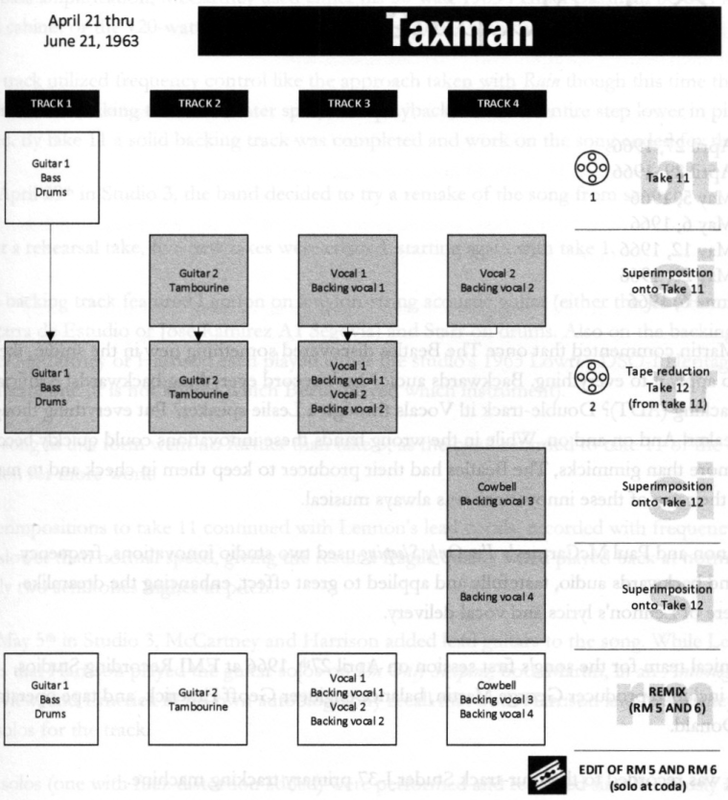I have been using this one.
@zeerround mentioned it another thread.
https://mvsep.com/
I use Ultimate Vocal Remover HQ to separate instruments / vocals. Then I use Demucs3 Model B to separate the drums, bass and other instruments. After I get these stems, I tear them apart where possible and decide where each element goes.
I also contrive of all sorts of machinations just to see what comes out. For example, I made a multichannel of
There's A Place. I took the vocal side of the stereo version and the mono recording and ran it through Ultimate Vocal Remover to see what would come out. I ended up with vocals that were "everywhere but not quite anywhere." I liked the way it sounded so I used it. I also ran some crazy manipulations to the harmonica to get overtones across the rear channels.
And just for the heck of it, I made a 5.1 of
A Taste Of Honey using simply the MONO recording.
Another thing that I noticed is that the more channels there are, the less separation artifacts are noticeable. It seems that the brain can only process so much information at once. I believe that was one of the bases for the quadraphonic logic decoders of yore...as well as the more sophisticated Surround Master.
It's a lot of fun to do and one only has to please one's self. Give it a try.














